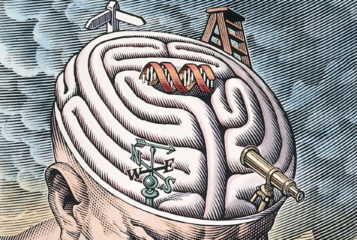New research suggests that Down's syndrome could be detected using genetic screening, avoiding the need for invasive detection procedures.
The study found that it was possible to sequence the DNA collected from blood samples of mothers at high risk of a pregnancy with Down's syndrome. The authors claim that using maternal blood tests would avoid the need for 98 percent of more invasive procedures.
Down's syndrome occurs when there are three copies of either all or part of chromosome 21, instead of the normal two. Individuals with the condition often have learning difficulties.
The team from the University of Hong Kong compared two 'multiplex' DNA (genetic) sequencing methods in a total of 1,067 pregnancies. These techniques allow the detection of large additions of genetic material that can occur in chromosome 21. They found that the most sensitive method was able to predict Down's syndrome positively in 96.6 percent of cases and negatively in one hundred percent of cases.
Currently Down's syndrome is detected using either amniocentesis or CVS (chorionic villus sampling), which involve taking a sample from the amniotic fluid or placenta respectively, which can increase the risk of miscarriage by around one percent. These tests are still used in three to five percent of pregnancies in the UK, when combination scans and hormone level tests indicate that a mother is at an increased risk of their unborn child developing Down's syndrome.
The scientists concluded that this technique could be used to test for Down's syndrome in high-risk pregnancies, and therefore avoid 98 percent of invasive tests.
The findings were published online in the British Medical Journal (BMJ).





Leave a Reply
You must be logged in to post a comment.